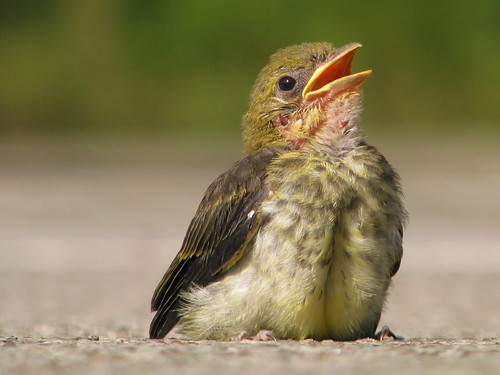A day like many other, and like no other day. Awake past dawn from a dream with a surprise, an old car parked in the garage of my old house in the woods. The day is alive with sunshine bright, warm and ready for bees. I watch CMU's sweepstake buggy races on the internet. The trees reach into my kitchen, and yank me outside, and the birds do say: why do you waste this day inside? You are right, I retort. So I spend the day with the birds singing surreal spring songs. I, in my way, plant flower and tomato seeds and ride bicycle high and low in the air with wind in my hair. To end a day like this is a thing to regret, but what better way than with symphonic music to hear, so I do it that way, my way.
The Pittsburgh Symphony appears, and I take my seat, turn off my cell phone, with ample cooperation, and made ready to enjoy the concert. Hushed silence, then the orchestra begins their warm up, the sound like no other, individuals all playing, nothing coordinated, yet it sounds so familiar, and sounds rather fine; how could that be, no composition, no rhyme, no reason, yet it sounds good to me.
Rachmaninoff, what more can I say? A concert filled with Rachmaninoff, the icing on top of the day. Goose bumps, appear on my neck, when the music commences, with Vocalise, music Conductor Slatkin dedicates this selection to the recently slain officers in Pittsburgh, and accordingly, he asked for a moment of silence after they play. This composition was perhaps unlike anything done before by Rachmaninoff. There was drama between sections of the symphony, and that accords places for sweet solos from the oboe, horn, cello and others. This time I hear no coughing in the audience, this time I heard pure music, I can hear each section, and drink in the music, with pure appreciation.
Rachmaninoff, Symphonic Dances: A simple story that I invent while listening to this music:
A bird soars back to her nest, beside the egg is a baby, hatched just the other day, she feeds him. He hops to the side of the nest, ready to fly -- no, my little one, not quite yet, you are not ready, if you try now you will get hurt, I must protect you until you are ready. He hops down and waits. The mother flies off in search of more food. The baby is belligerent and stubbornly tries to fly, and comes crashing down and is injured. First flight this time was to no avail, but the baby perseveres. He hops about and manages to find a high place to try again. He will try the flight of the gliding bird, bounding first then flapping, take to the air, spread his wings, then keep them still, try to glide, that is his goal. His plight is on display, sometimes falling down. His desire is represented by robust, loud, rhythmic, spirited passages, looming near a precipice, and about to dive forth, as if over a waterfall, and when this happens, it is only luck that brings him softly down in a soft, gently flowing, meandering stream and around a bend and into a bed, whence and as if that is where he had started, but not really. Adept at determination, he tries again. Flutter, perhaps his chance at flight is taking off a little, it could be done, it can be achieved, if only, but, plop, back down again.
Next movement brings a waltz, 3 um-pah sounds beneath his wings. Now we see a hawk in the guise of an altered horn, the odd sound that brings his menacing purpose home. The hawk, as is his nature, will eat a baby bird, but if he gets the chance, it will be to find a way to maximize his gain, he must have more than simply this one lone morsel. The baby continues on his quest to learn to fly, it's difficult from the ground, no perch to perch upon, so he continues to try from rocks and with hopping bounds. Low keys abound in the sound coming from the orchestra, this represents the overture of the hawk, he is now soaring above the baby bird. He talks to the baby. He convinces him that he is his mother. That he can be good for him, and the baby, filled with hope, instantly believes him. The hawk gives him food and teaches him a better way to fly. And he lures him to the hawks way of thinking, with nothing to interfere. But the baby has an innate nature, and that nature cannot be denied.
The baby bird escapes the clutches of the hawk. His scurry is frantic, his directions are wild and his wings fluctuate as he attempts a dive to avoid the chasing hawk. But his attempt is futile, the hawk recaptures the baby. But this time there is recapitulation, there are many other baby birds in the capture of the hawk. They all begin to sing, a song of different sounds, each their own, each an individual voice. These add up in syncopated sublime instantaneous coordination. But the wind is blowing. The wind dampens their song. Now a flock appears, a flock of adult song birds, who join the chorus. The sound is beginning to be loud and is culminating in a harmonic vibration all based on a single note, which happens to be the base frequency and harmonic resonant core vibration for the glass cages that hold the babies. It cracks. They are free, and the flock is too big, so the hawk flies away. Many individual voices, acting in unison with tempo and volume, was simply too much for him.


2 comments:
I love this image.... fits beautiful to music ! :)
Enjoy classical songs, Doug !!!
Danke!
When will your blog start up again?
Post a Comment